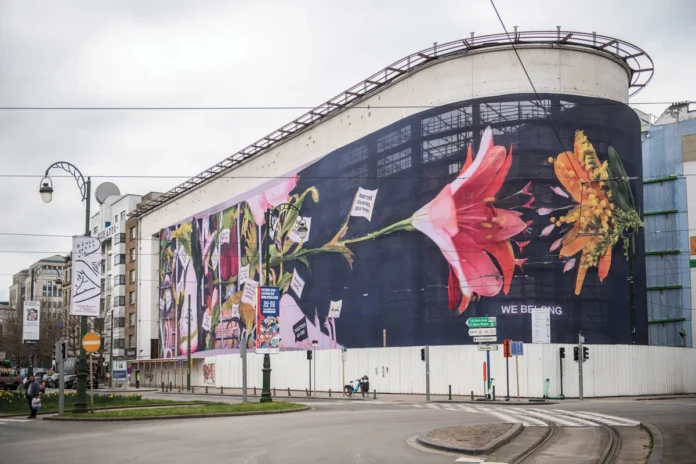Some have claimed that Belgium is the country with the most collectors per square meter. Statistically, this may be tough to prove, but it’s true that the country’s scene is more active than it has ever been. Art galleries keep expanding to Brussels, which is now home to outposts of Paris dealer Christophe Gaillard and São Paulo’s Galeria Jaqueline Martins. They followed in the footsteps of Almine Rech, who was the first to make the move, back in 2006, followed by Gladstone, Nathalie Obadia, Valérie Bach, and Templon. And then there is the forthcoming KANAL – Centre Pompidou, a Brussels satellite of the famed Paris museum set in an Art Deco Citroën garage. asialive88
Belgium’s art scene first began to expand in the postwar era, after artists filtered in through neighboring countries. Bordered by the Netherlands to the north, Germany to the east, Luxembourg to the southeast, and France to the southwest, Belgium was not declared independent until 1831. “We took a bit of Holland, a bit of France. We don’t really have a past,” said Alain Servais, who acquires more than 20 works a year, making him one of the rare active collectors in the Walloon region. “Sol LeWitt would tell Donald Judd where to eat or sleep in town, and so on. That’s how the country became the cradle of Conceptual and Minimalist art.”
Belgian collectors are divided by geography: whether you are based in the Walloon (French-speaking) or the Flemish (Dutch-speaking) region says a lot about your style. Collectors from the latter are often regarded as visionaries. “They seem to be taking more risks than others,” said Liv Vaisberg, cofounder of the Collectible design fair in Brussels. “I have three regrets, all tied to pieces I refrained from buying on someone else’s advice,” said Galila Barzilai Hollander, who joked that she hopes to live to be 100, just to see if she will be the next Peggy Guggenheim. asialive88

Generally speaking, Belgian collectors are considered connoisseurs. Research is part of their acquisition process. Servais spent three years studying art history before he even considered buying anything. He eventually chose to support non-painters committed to a cause. “Those who don’t paint know they are going to struggle, and those who try to make a difference in this world are the ones most likely to be remembered,” said the enthusiastic banker. At the Sharjah Biennial the day before, he had purchased an installation by Pak Khawateen Painting Club, a female Pakistani collective whose focus is infrastructure projects along the Indus River.
Barzilai Hollander said she didn’t totally agree with the reputation that accompanies Belgian collectors. “We are known for doing our homework, but I can’t really relate, because I follow most and foremost my intuitions. I am a compulsive collector,” she said. Barzilai Hollander, who sees herself as a “free agent” or an “artoholic,” buys in less than 30 seconds and asks about the artist and their practice later. In 2020 Barzilai Hollander opened P.O.C. (Passion Obsession Collection) in an industrial building from the ’50s where she now showcases her treasures. “People kept telling me how different and accessible my exhibitions were. I realized at some point that it was my duty to share.” asialive88

